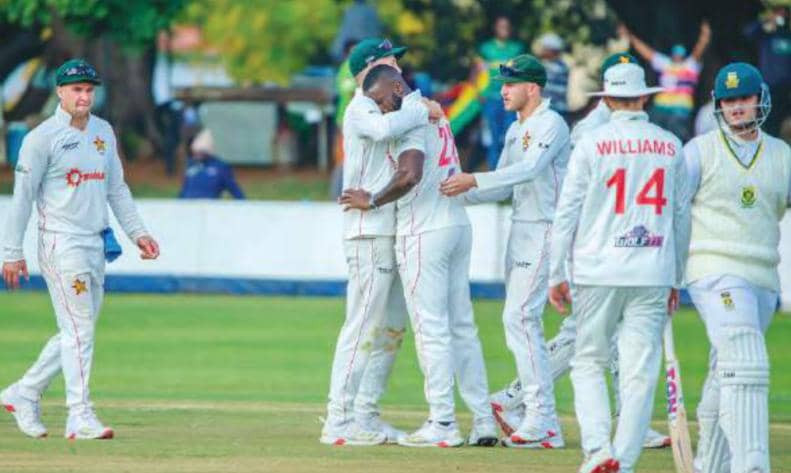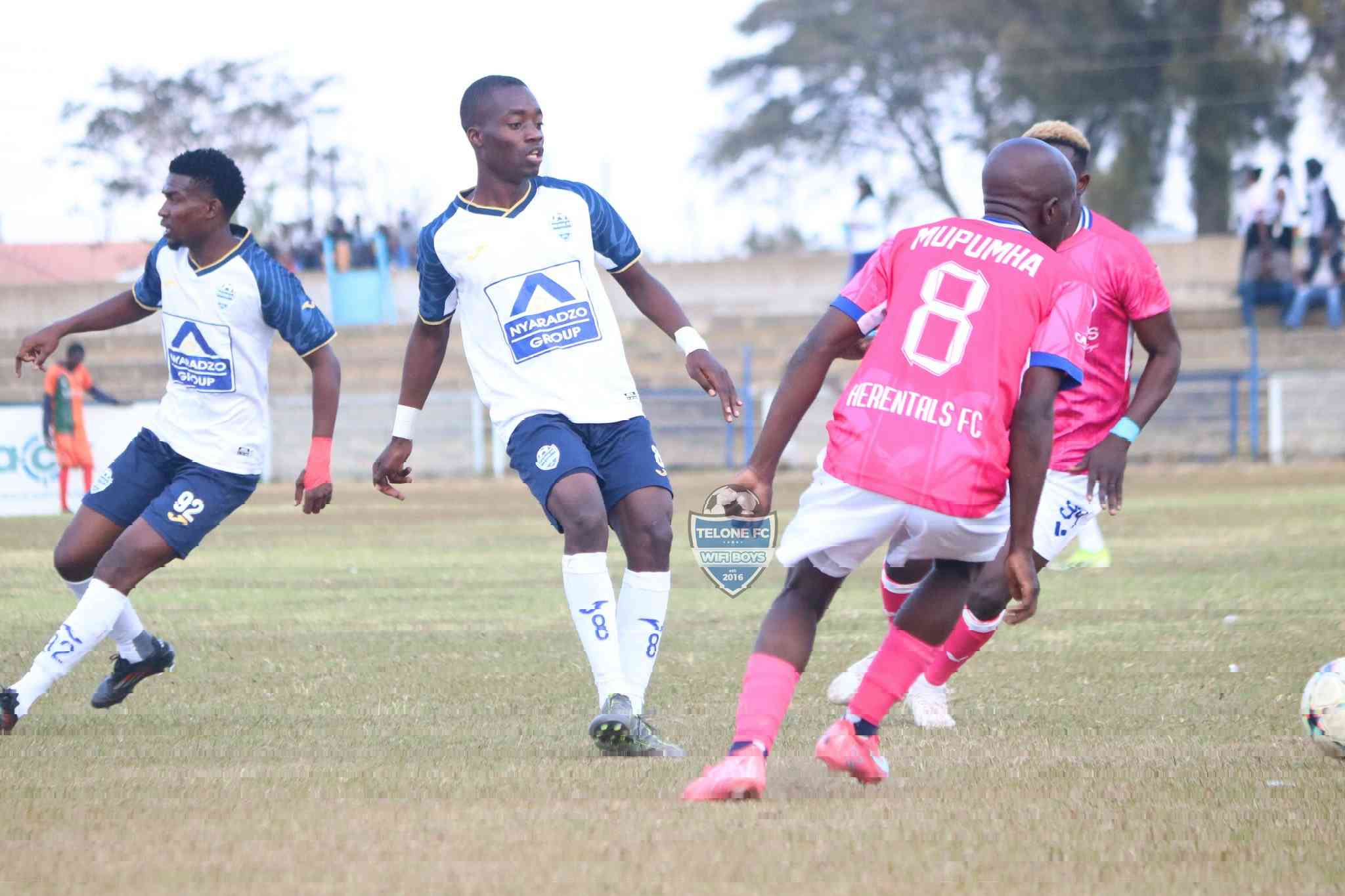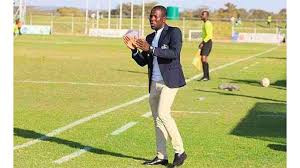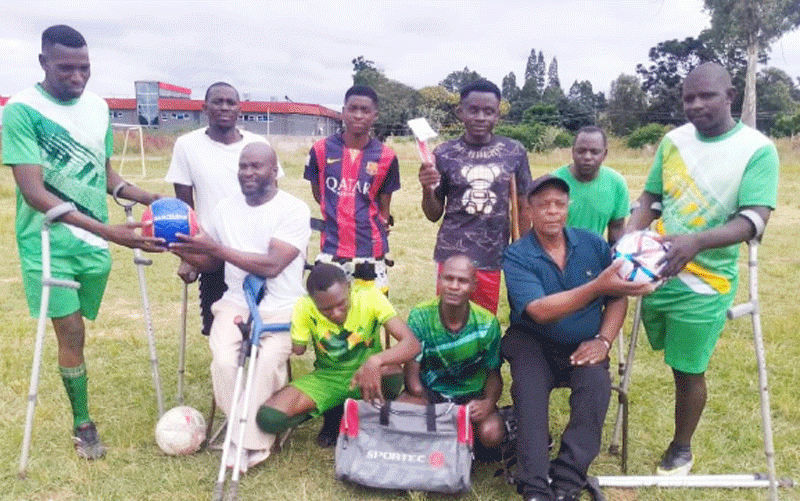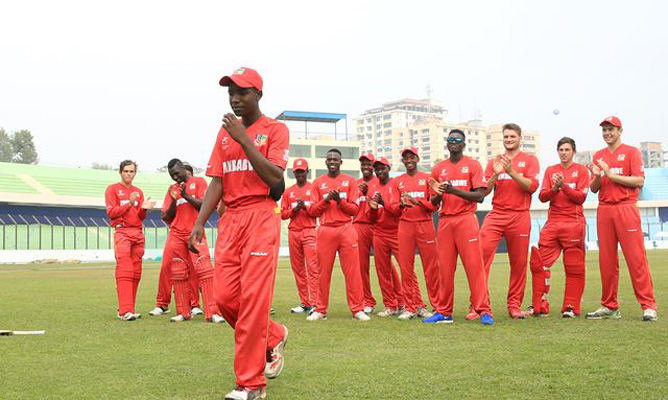
THE Zimbabwe Under-19 cricket team earned the sympathy of many a cricket fan worldwide and divided opinion after a tear-jerking and controversial two-run defeat to West Indies, which denied them a place in the quarterfinal at the on-going World Cup in Chittagong last week.
Munyaradzi Madzokere
While West Indies had the last laugh, more by crook than by hook, with young Caribbean bowler Keemo Paul “mankading” non-striker’s end batsman Richard Ngarava in the last over winning his country the pulsating tie, there is still a lot to smile about from a Zimbabwean perspective.

It was a big lesson for the Zimbabwe juniors. They learnt that little things may cost the team as a whole. They learnt it the hard way during a World Cup where they stood within touching distance of history.
One cannot blame West Indies for employing “unsporting tactics” to escape the ignominy of a knockout at the World Cup by a team they had beaten in many past meetings.
For Zimbabwe, it is noteworthy that the team has closed the gap between them and the other top teams in the world quite considerably and steps must now be taken to ensure that the talent does not go to waste.
The current team is awash with talent that includes 15-year-old Wesley Madhevere, who claimed five wickets for just 24 runs against Fiji, Jeremy Ives, who scored 91 off the bat against England, Shaun Snyder, Rugare Magarira, Adam Keefe, and Ryan Murray, among others.
- Chamisa under fire over US$120K donation
- Mavhunga puts DeMbare into Chibuku quarterfinals
- Pension funds bet on Cabora Bassa oilfields
- Councils defy govt fire tender directive
Keep Reading
It would be remarkable to see a couple of these young players transform into top international cricketers.
In an interview with Standardsport, former Under-19 coach Walter Chawaguta shared his sentiments on the team that missed out on the quarterfinals in dramatic fashion.
“It’s difficult to say Zimbabwe did anything wrong and it’s also unfair to blame the young batsman because he had no intention to steal a run or get unfair advantage. There is a lesson to be learnt, that when the game gets very tight, you have to make sure you are aware of these technicalities. It’s not a problem with the youngsters only as even the senior team fails to cross the line in winning positions a lot of times,” he said.
“One thing for sure is that we have a lot of quality in this team and all we have to do is look after them and make sure they live to their potential. Our challenge has always been lack of experience and exposure for the junior team. We have a situation where they have only one tour before the World Cup and pressure situations are new to these lads,” Chawaguta added.
Chawaguta, who coached the Under19 team at the 2004, 2006 and 2016 World Cup editions, believes there has been neglect of young talent in the past, but things are changing and results will soon show.
“I think the 2012 team struggled the most because only three players were playing first class cricket but from the 2014 team there are at least 11 players playing first class cricket and some in the Zimbabwe A side, which is good. We just need structures where our young players can play cricket regularly such as clubs B-league where we can get raw talent to develop and we will definitely see results in due course,” he said.
South Africa’s new kid on the block Kagiso Rabada — the star of the previous Under-19 World Cup in the UAE — seamed South Africa to victory in the Centurion Test against England with a 13-wicket haul a couple of weeks ago.
Rabada wrote his own piece of history to become the youngest South African to take a Test-match 10-wicket haul and his figures of 13 for 144 were the second-best for his country.
Zimbabwe also has Luke Jongwe from the 2014 Under-19 World Cup, ironically dismissed by Rabada for 55 when Zimbabwe lost to South Africa in the group stages, rising up the ranks to be part of the senior national team.
Last month Jongwe was also wreaking havoc against Afghanistan with his first One Day International five-for.
There could have been more players from the previous junior World Cup, challenging for places in the senior team had Zimbabwe Cricket deliberately harnessed other promising players such as Malcom Lake, Ryan Burl, Joylord Gumbie, Dylan Hondo as well as Charles Kunje and Kieran Geyle.
The Zimbabwe class of 2006 Under-19 World Cup team — the last to reach the quarterfinals at the junior global cricket showcase — had Sean Williams as captain as well as the likes of Chamu Chibhabha, Graeme Cremer, Friday Kasteni, Taurai Muzarabani and Keegan Meth, who all later featured in the senior team.
Gary Ballance, who now represents England on the international stage, was also part of the star-studded squad.
From the 2004 side Tinotenda Mawoyo, Elton Chigumbura, Graeme Cremer, Craig Ervine, Tafadzwa Mufambisi, Tinashe Panyangara, Ed Rainsford, Prosper Utseya, Sean Williams, Brendan Taylor and Colin de Grandhomme successfully broke into the senior ranks. Grandhomme later went on to play for international cricket for New Zealand.
Kyle Jarvis, Peter Moor, Tinotenda Mutombodzi and Solomon Mire were part of the 2008 side, while Tendai Chatara, Natsai Mushangwe, Peter Moor and Tinotenda Mutombodzi made the class of 2010.
Wellington Masakadza, who is relatively new in the national cricket team, was part of the 2012 group team and joins Jongwe as the only player to have graduated.
What is worrisome is that the number of youngsters emerging from the junior teams into the senior squad continues to dwindle despite the fact that the senior team itself is struggling on the international stage.

